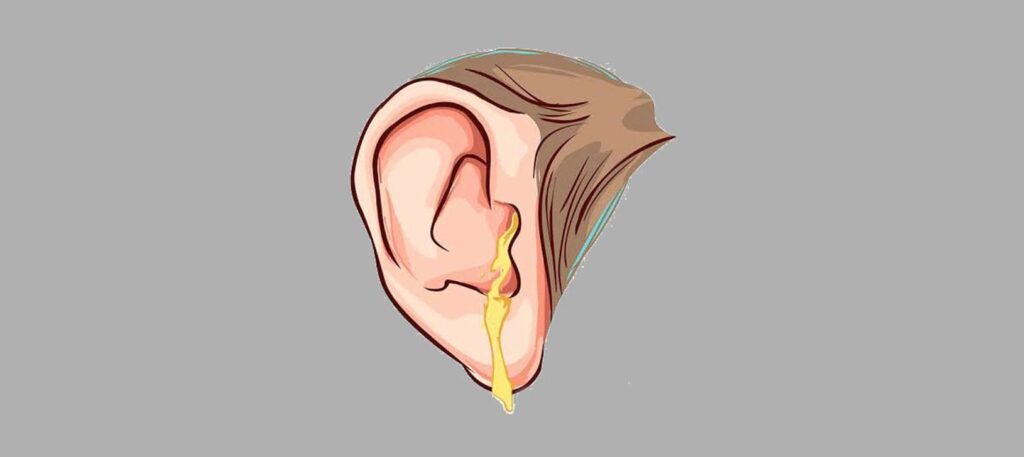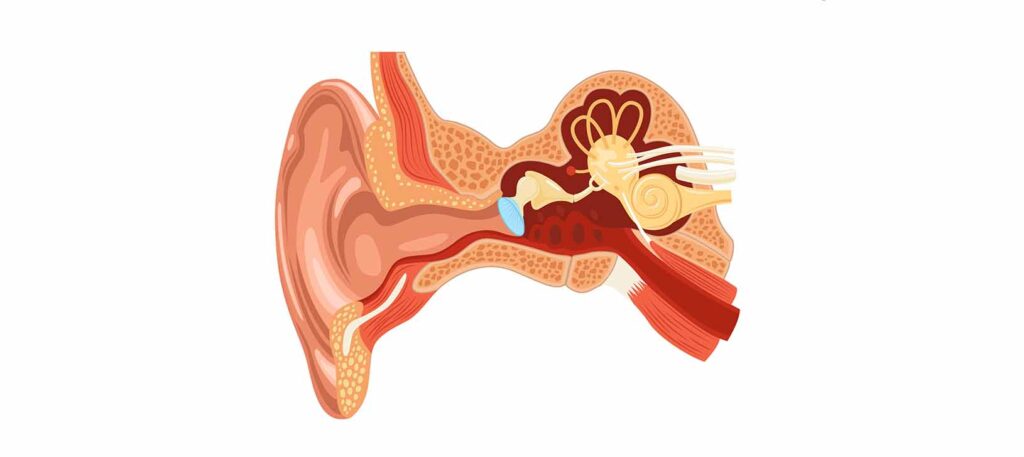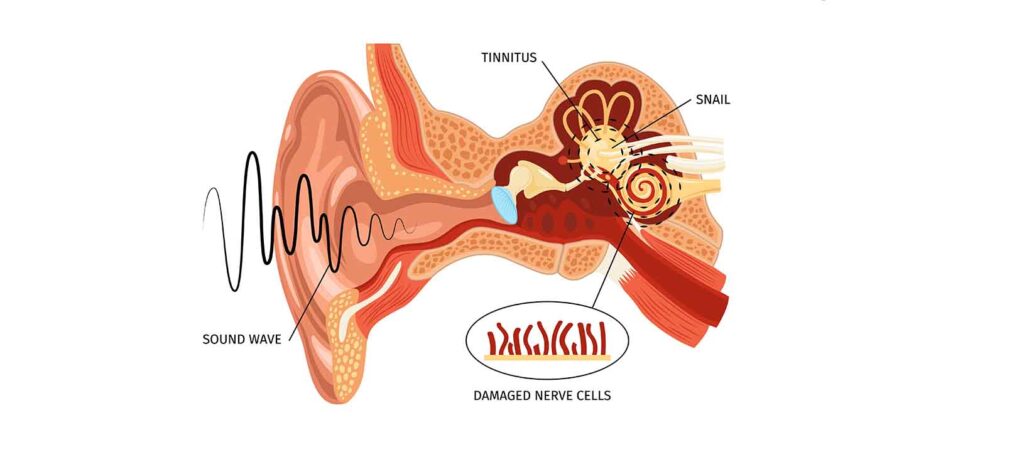Ear Infections
Services > Ear Infections
- Vertigo
- Ear Wax
- Ear Pain
- Ear Infections
- Ear Cholesteatoma
- Acoustic Neuroma
- Torn Ear Lobes
- Perforation In Ear
- Ototoxicity
- Otitis Media
- Mastoiditis
- Hearing loss
- Foreign bodies in the ear
- Rhinoplasty
- Breathing Problems
- Foreign bodies in nose
- Nasal Bone Fracture
- Nasal Septum
- Nasal Polyp
- Nasal Deformity
- Nosal Allergy Clinic
- Nose Bleeding Treatment
- Sinus Treatment
- Chronic Sinusitis
- Adenoidectomy
- Voice Disorders
- Salivary gland problems
- Papillary Thyroid Carcinoma
- Oral and Throat problems
- Laryngeal Vocal Nodules
- Laryngeal Vocal Cord Palsy
- Foreign body in esophagus
- Foreign body in bronchus
- Difficulty in Swallowing
- Cancer of the Larynx
- Sleep Apnea
- Snoring Treatment
- Head & Neck Cancer
- Thyroid Cancer / Papillary Carcinoma

Ear Infections & Types
Sometimes it seems like kids are always getting ear infections. Ear infections are very common in children. Children get ear infections about two out of every three times they have a cold. Children are more prone to ear infections because their small ears do not drain fluid as well as adult ears. Kids’ immune systems are also immature, and this increases the likelihood of certain infections.
There are three types of ear infections. Each type is defined according to where they occur in the ear canal. An ear infection may take place in the inner, middle, or outer ear. Each type of ear infection may exhibit different symptoms.
- Swimmer’s Ear (Outer Ear Infection)
- Middle Ear Infection
- Inner Ear Infection (Labyrinthitis)
Ear pain is the main sign of ear infection in children. Kids with ear infections may have trouble sleeping because of the pain. Other symptoms include discharge or fluid coming from the ears, fever, problems with hearing, dizziness, or nasal congestion.
Symptoms of fluid buildup are:
- Popping, ringing, or a feeling of fullness or pressure in the ear
- Children may rub their ears trying to relieve pressure
- Trouble hearing. Children who have problems hearing may seem dreamy or inattentive, or they may appear grumpy or cranky
- Balance problems and dizziness

1. Swimmer’s Ear (Outer Ear Infection)
An infection of the ear canal (the outer ear) is sometimes referred to as swimmer’s ear. The name comes from the fact that it most often occurs when the ear canal stays wet long enough for bacteria or other organisms to grow.
Why does it happen?
The skin lining the ear canal and outer ear offers protection against infections from bacteria and fungi. However, when this skin barrier is broken, bacteria or fungi can invade the ear and cause infection. This ear infection is known as swimmer’s ear or an outer ear infection. Swimmer’s ear can be caused by too much moisture in the ear canal or from inserting something too deep into the ear.
Swimming or showering causes the acidic environment of the ear canal to be altered, which allows bacteria or fungi to invade the ear. The lining of the ear canal can also be broken by scratching or injuring from cotton swabs or other objects when inserted into the ear. Other causes of swimmer’s ear include chemicals that irritate the ear canal and skin conditions that cause the skin to crack.
Swimmer’s ear is typically painful. Pain caused by swimmer’s ear gradually begins over a day or two. The pain is especially intense when the ear is touched or pulled, or when chewing. Symptoms of swimmer’s ear include the following:
- Ear pain or earache (almost always involves only one ear)
- Ear canal itching
- Outer ear redness
- Ear canal swollen shut
- Ear draining fluid or pus (drainage may be clear, white, yellow, or sometimes bloody and foul smelling)
- Fluid crusting at the opening of the ear canal
- Trouble hearing
- Ringing in the ear (tinnitus) and dizziness or spinning sensation (vertigo)
- Pain on the side of the face or neck
- Swollen lymph nodes

2. Middle Ear Infection
Middle ear infections are caused by bacteria and viruses. Swelling from an upper respiratory infection or allergy can block the Eustachian tubes, which would prevent air from reaching the middle ear. A vacuum and suction then pulls fluid and germs from the nose and throat into the middle ear. Since the tubes are swollen, the fluid cannot drain. This provides a medium for the growth of bacteria or virus, which leads to a middle ear infection.
The otoscope can blow a tiny puff of air against the eardrum to see if it vibrates normally. When there is fluid present in the middle ear, the eardrum does not vibrate normally.
Why does it happen and what is the role of Eustachian Tube?
The Eustachian tube is the canal that connects your middle ear to your throat. When the Eustachian tube is open as it is normally, it prevents fluid and air pressure from building up inside the ear. Infections like colds, the flu, or allergic reactions can cause the Eustachian tube to become swollen and blocked.
Symptoms of middle ear infections tend to occur 2 to 7 days after the start of a cold or other respiratory infection. Middle ear infection symptoms may include:
- Ear pain (mild to severe)
- Fever
- Drainage from the ear that is thick and yellow or bloody
- Loss of appetite, vomiting, and grumpy behavior
- Trouble sleeping

3.Inner Ear Infection (Labyrinthitis)
Labyrinthitis is inflammation inside the inner ear. Labyrinthitis occurs when the labyrinth, a part of the inner ear that helps control your balance, gets swollen. The inflammation of the labyrinth can be caused by respiratory illnesses, viral and bacterial ear infections.
This is the major cause of VERTIGO
The following are various vertigo treatment options:
- Avoid quick change in position or sudden moves
- Sit still during a vertigo attack
- Get up slowly if lying down or seated
- Avoid bright screens or flashing lights during a vertigo attack
- Use low-light rather than darkness or bright lights
Inner ear infection symptoms begin quickly and can be quite intense for several days. Inner ear infection symptoms include the following:
- Dizziness
- Nausea
- Loss of hearing
- Vertigo (dizziness with the sensation of moving)
- Tinnitus (ringing or buzzing in the ear)
- Difficulty focusing eyes

